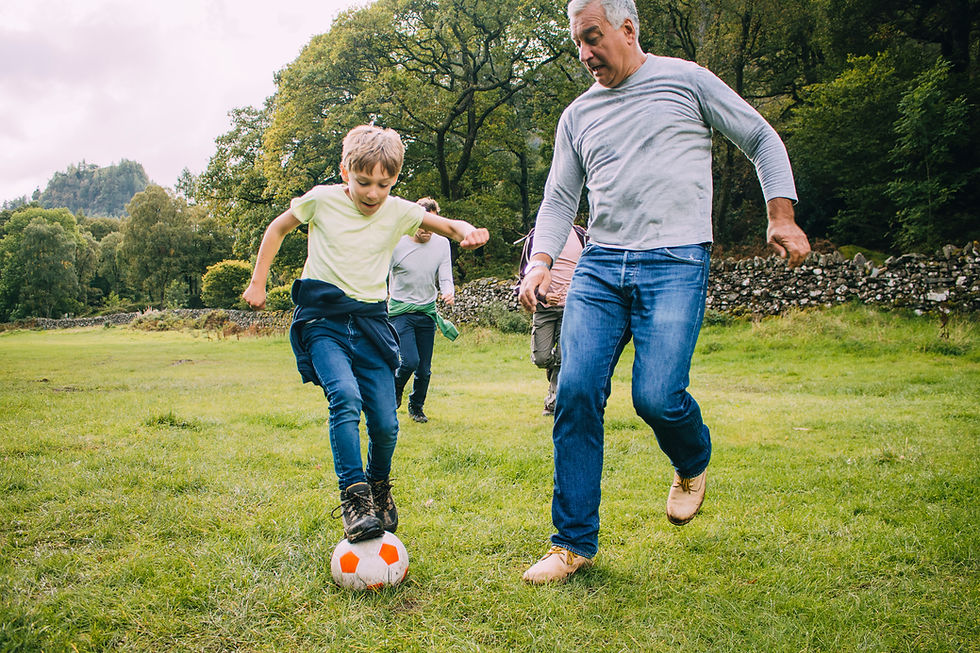Skiing and Snowboarding Injury Prevention
- Julie Manley

- Jan 12, 2016
- 2 min read

Alpine activities, such as skiing and snowboarding, are one way to get the best out of the winter season while staying active. Alpine activities are a great way to keep your cardio, balance, agility and strength up but only if the correct preparation for the sport and safety precautions are taken into account.
The American Orthopaedic Society for Sports Medicine journal has a concise article about alpine sports; specifically injury frequency, type and ways of prevention.
This article reports that physical conditioning may have a significant impact on injury rate which means – you may need to build up your exercise tolerance and strength a bit first to reduce your risk of injury on the slopes.
According to this article and it’s culminated research, injuries are most likely to occur on: the first day of the ski week; in the early morning before the skier is warmed up properly; in the late morning and late in the day when fatigue sets in; and at the end of a week when the cumulative effects of the vacation make the skier tired (Campbell, J. 2008).
Injuries reported by skiers and snowboarders can vary depending on equipment but there is a higher incidence of minor injuries seen in individuals who have less experience on the hills; where the more severe injuries are usually reported by experienced individuals who likely achieve higher speeds, intensity and difficulty of maneuvers (jumps, rails etc) on the slopes. Malfunctioning or poorly maintained equipment can also increase your risk of injury. Common injuries reported by skiers and snowboarders include but are not limited to; wrist, knee and ankle ligament tears or sprains; back injury; contusions; and head injuries.
The article provides general recommendations for prevention of injury, including: prepare for the season and get in shape; get your equipment checked at a certified shop; self release your bindings each day you ski; warm up and stretch before skiing; don’t ski while intoxicated; and wear a helmet (Campbell, J. 2008).
Additionally, if you make the effort to reduce your likelihood of injury and you happen to get hurt on the hill, rehabilitation should take less time overall. Remember: prevention is key to reduction in injury incidence, frequency and severity.
Stay safe out there!




Comments